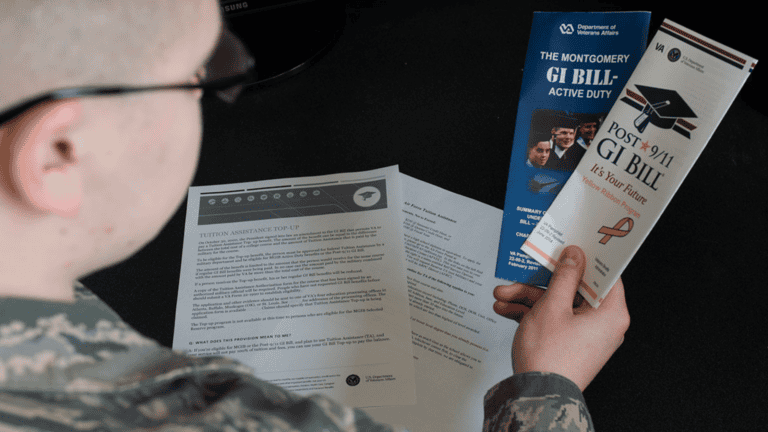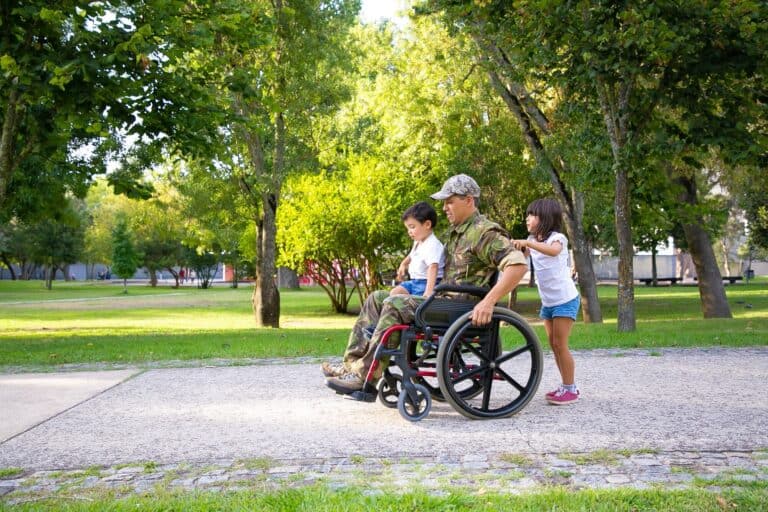Questions Raised Over Veteran Suicide Awareness Initiatives
The U.S. Department of Veterans Affairs (VA) has long been at the forefront of addressing the critical issue of veteran suicides. While the department’s efforts are well-publicized, critics argue that more needs to be done to address this alarming trend.
Efforts and Statistics
According to recent data from the VA, the veteran suicide rate is significantly higher than that of the general population. The VA’s annual report on veteran suicides highlights that approximately 17 veterans die by suicide each day, a number that has remained relatively unchanged in recent years despite numerous initiatives and increased funding.
The VA’s Current Initiatives
The VA has launched several programs aimed at reducing veteran suicides. These include the Veterans Crisis Line, outreach and education programs, and partnerships with community organizations. The Veterans Crisis Line, which provides confidential support 24/7, is a critical resource. The VA also focuses on training community members to recognize signs of suicide risk and engage veterans in need of help.
Questions About Effectiveness
Despite these initiatives, questions remain about their effectiveness. Critics point out that the VA’s programs, while well-intentioned, often fail to reach the most vulnerable veterans. Barriers such as stigma, lack of awareness, and accessibility issues hinder the effectiveness of these programs. Moreover, some veterans report feeling disconnected from the services provided, citing bureaucratic hurdles and insufficient mental health support.
Calls for Increased Accountability
Advocates for veterans are calling for increased accountability and transparency from the VA. They urge the department to conduct more rigorous evaluations of their programs and to implement evidence-based practices that have been proven to reduce suicides. There is also a push for the VA to enhance its collaboration with external organizations that have demonstrated success in supporting veterans.
Real Stories, Real Struggles
Veterans like John Doe, who served in Iraq, share personal stories that shed light on the struggles many face. Despite reaching out to the VA for help, John found the process cumbersome and the support inadequate. His story is a stark reminder that while resources are available, they may not always be effective in meeting the urgent needs of those at risk.
Conclusion
The issue of veteran suicides is complex and multifaceted. While the VA has made strides in addressing the crisis, there is a clear need for more targeted and effective interventions. The voices of veterans and advocates must be heard to ensure that the support systems in place truly serve those who have served their country.
FAQs
- Q1: What is the current suicide rate among veterans?
- Approximately 17 veterans die by suicide each day, according to the VA’s latest report.
- Q2: What resources does the VA provide for veterans in crisis?
- The VA offers resources such as the Veterans Crisis Line, outreach and education programs, and partnerships with community organizations.
- Q3: Why do critics argue that the VA’s efforts are insufficient?
- Critics highlight barriers such as stigma, lack of awareness, accessibility issues, and bureaucratic hurdles that prevent veterans from effectively utilizing VA services.
- Q4: What are advocates calling for to improve the VA’s approach to veteran suicide?
- Advocates are calling for increased accountability, transparency, and the implementation of evidence-based practices. They also urge better collaboration with external organizations.
- Q5: How can the VA improve its support for veterans at risk of suicide?
- The VA can improve by conducting rigorous evaluations of their programs, addressing bureaucratic hurdles, and ensuring mental health support is accessible and effective.






